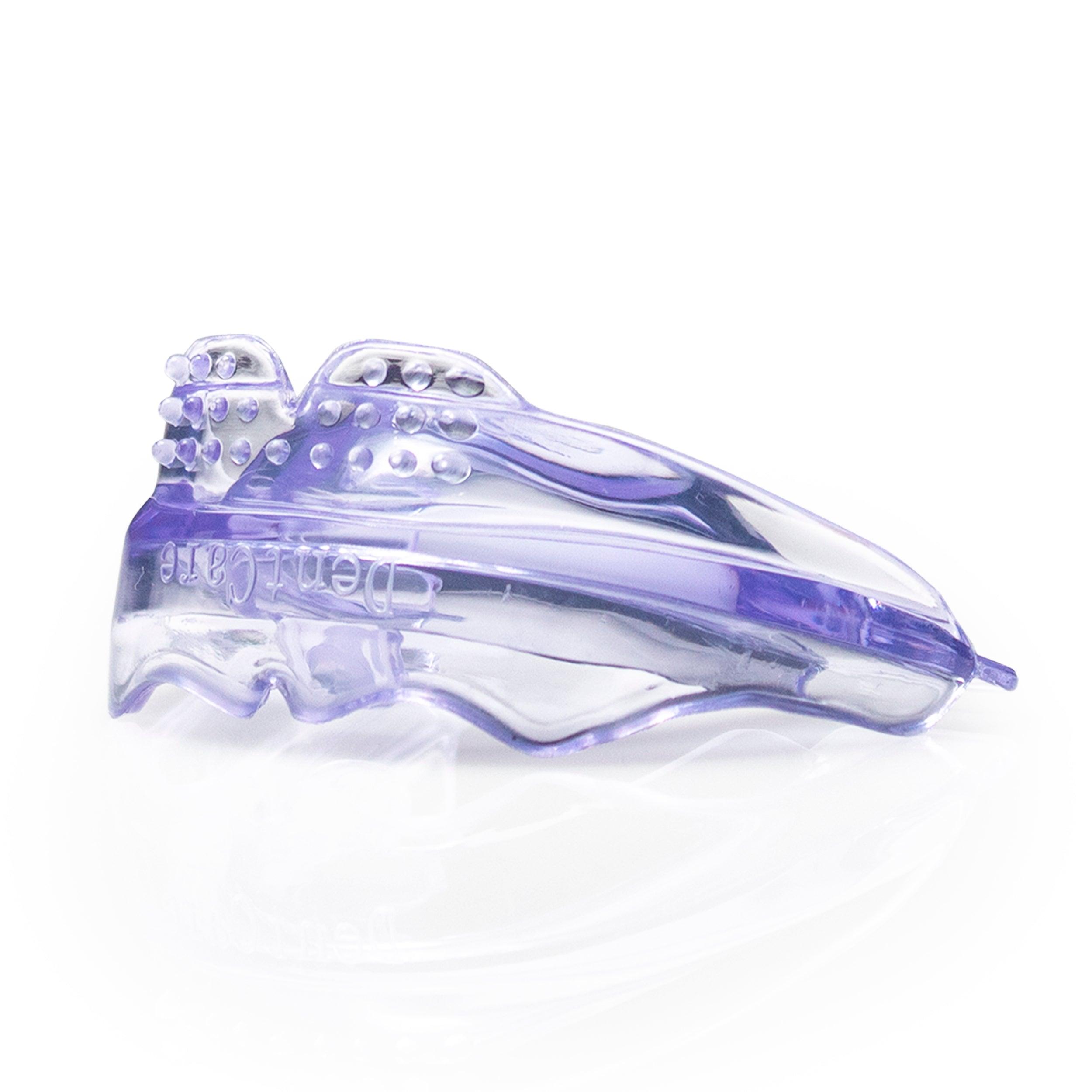Navigating Root Canal Treatment: What to Expect
Root canal treatment often evokes feelings of dread and anxiety, but understanding the process can significantly alleviate those fears. This article delves into the intricacies of root canal treatment, providing a clear roadmap of what you can expect before, during, and after the procedure.
A root canal becomes necessary when decay extends beyond the enamel and dentin of your tooth, reaching the innermost layer where the pulp resides. The pulp houses the tooth's nerves and blood vessels, and when infected or inflamed, it causes significant pain and jeopardizes the tooth's health. Root canal treatment aims to salvage the tooth by removing the infected pulp, disinfecting the canals, and sealing it to prevent further infection.
Understanding the Need for Root Canal Treatment
Why would your dentist recommend a root canal? Here are some telltale signs:
- Persistent Toothache: A persistent, throbbing pain, especially when biting or chewing, often indicates pulp inflammation or infection.
- Prolonged Sensitivity: Sensitivity to hot or cold temperatures that lingers long after the source is removed can also signal pulp damage.
- Swelling and Tenderness: Swelling around the affected tooth, accompanied by tenderness in the gums, is another indication.
- Tooth Discoloration: A tooth darkening can signify pulp damage, as internal bleeding within the tooth can alter its color.
Remember, early detection is key to successful treatment. Regular dental checkups are crucial for identifying potential problems before they escalate.
The Root Canal Procedure: A Step-by-Step Guide
Root canal treatment, though often perceived as intimidating, is a highly systematic and predictable procedure. Let's demystify the process by breaking it down into key stages:
| Step | Description |
|---|---|
| Examination | Your dentist will examine the affected tooth, often taking X-rays to assess the extent of the damage and plan the treatment accordingly. |
| Anesthesia | Local anesthesia is administered to numb the area, ensuring a comfortable experience throughout the procedure. |
| Isolation & Access | A dental dam, a thin rubber sheet, isolates the tooth, keeping it dry and protected from bacteria. Your dentist then creates an access point through the crown of the tooth to reach the pulp chamber. |
| Pulp Removal | Using specialized instruments called files, the infected pulp is carefully removed from the pulp chamber and root canals. |
| Cleaning & Shaping | The canals are thoroughly cleaned and irrigated with an antimicrobial solution to eliminate bacteria and debris. The canals are also shaped to facilitate the placement of the filling material. |
| Filling & Sealing | Once the canals are cleaned and shaped, they are filled with a biocompatible material called gutta-percha. This material seals the canals, preventing reinfection. A temporary filling is placed on top of the gutta-percha to seal the access opening. |
| Restoration | In a subsequent appointment, the temporary filling is replaced with a permanent filling or a crown, depending on the extent of the damage and the tooth's structural integrity. This final restoration protects the tooth and restores its full functionality. |
Post-Treatment Care and Recovery
Following your root canal treatment, you might experience mild discomfort or sensitivity for a few days. Over-the-counter pain relievers usually suffice to manage the discomfort. Here are some essential aftercare tips:
- Oral Hygiene: Maintaining good oral hygiene is crucial. Brush and floss gently, especially around the treated tooth.
- Diet: Stick to soft foods for a few days, avoiding hard, crunchy, or sticky foods that can exert pressure on the treated tooth.
- Follow-Up: Attend your scheduled follow-up appointments so your dentist can monitor the healing process and ensure everything is progressing as expected.
Remember, root canal treatment, like any dental procedure, requires meticulous care and attention to ensure long-term success. With proper care and regular dental visits, your treated tooth can last a lifetime.
Root Canal FAQs
Curious to learn more about root canals? We've got you covered.
What are the signs I might need a root canal?
Several signs indicate a potential need for root canal treatment. These include:
- Persistent Toothache: A constant, throbbing pain, especially when biting or chewing.
- Lingering Sensitivity: Prolonged sensitivity to hot or cold temperatures, even after the source is removed.
- Swelling and Tenderness: Noticeable swelling in the gums surrounding the affected tooth, often accompanied by tenderness.
- Tooth Discoloration: The tooth might darken, indicating possible internal bleeding and pulp damage.
- Gum Pimple: A small, pimple-like bump on the gums near the tooth's root can signify an infection.
If you experience any of these symptoms, it's crucial to consult your dentist promptly for a thorough examination and diagnosis.
How can I maintain good oral hygiene after a root canal?
Maintaining excellent oral hygiene after a root canal is vital for long-term success. Here are some tips:
- Gentle Brushing: Brush your teeth at least twice daily using a soft-bristled toothbrush. Be gentle around the treated tooth, especially in the first few days after the procedure.
- Proper Flossing: Floss daily to remove plaque and debris from between your teeth, including the area around the treated tooth.
- Antiseptic Mouthwash: Consider using an antiseptic mouthwash as recommended by your dentist to further reduce bacteria and promote healing.
- Regular Checkups: Attend your scheduled dental checkups and cleanings to ensure the treated tooth remains healthy and to catch any potential issues early on.
Remember, a root canal is an investment in saving your natural tooth. By following these oral hygiene practices, you can significantly increase the longevity of the treated tooth and maintain a healthy smile for years to come.









